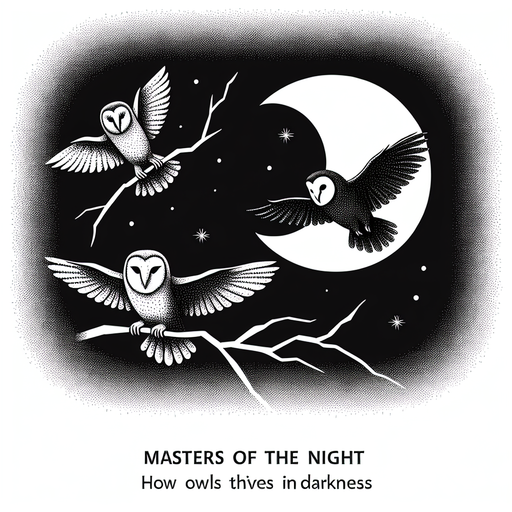Masters of the Night
How Owls Thrive in Darkness
Owls are iconic for their haunting hoots and luminous eyes, and are quintessential creatures of the night. Their ability to thrive in darkness, a time when most other birds are inactive, is a fascinating example of evolutionary adaptation that allows them to excel as nocturnal hunters.
The most important feature of owls that allows them to hunt and live during the night is their fabulous night vision. Owls have large eyes that are not true "eyeballs" but tube-shaped organs that provide greater depth of perception and enable them to maximize the amount of light captured. These eyes are so large that they represent 5 percent of their body weight, compared to our eyes, which represent only 0.0003 percent of our weight.
Fitting these giant eyes into a skull is not easy, so they have a characteristic that they are only fixed and always pointing forward, and cannot be rolled to the side like ours can. To compensate, owls have evolved their famous ability to turn their necks incredibly far in either direction. They can turn their heads up to 270 degrees, giving them the ability to look almost in any direction while standing still.
By being night predators, owls have an advantage over most animals that cannot see well during the night. Owls' mastery of the dark serves as a powerful example of how life can adapt to seemingly inhospitable conditions, turning what might be a disadvantage into a profound survival strategy.
Craving more? Check out the source behind this Brain Snack!


